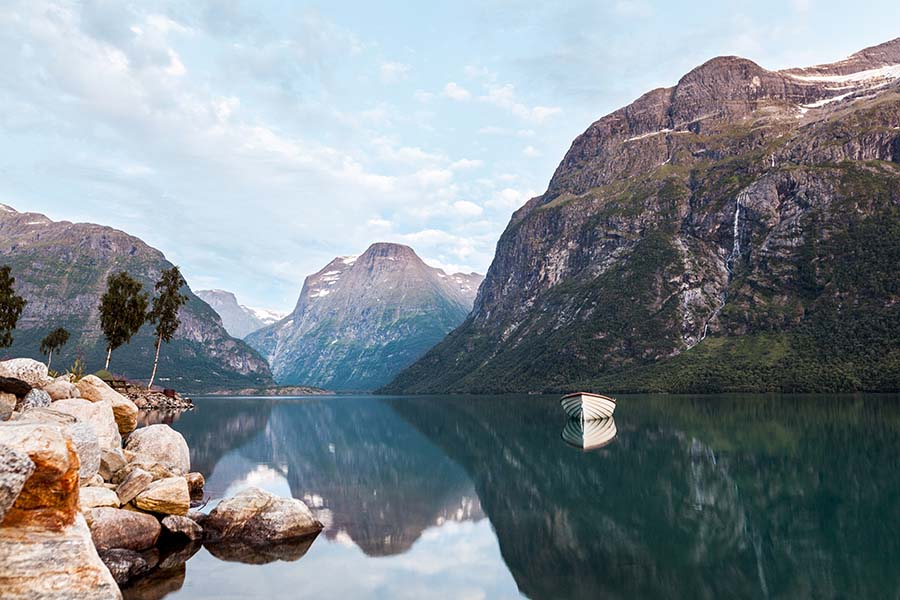Embarking on the journey of nature photography can be an exciting and fulfilling experience. This comprehensive guide will delve into the essential aspects of equipment, composition, timing, and more, providing the necessary tools to enhance your skills and capture stunning nature photographs. Whether you’re interested in capturing stunning landscapes, wildlife, or the hidden treasures of the natural world, these beginner tips can help you start creating breathtaking images.
The Essential Equipment for Nature Photography
Choosing the Right Camera
Investing in a suitable camera is crucial for achieving stunning outdoor shots. DSLR and mirrorless cameras are excellent choices, as they offer interchangeable lenses and manual controls. Consider your budget and research camera models with good low-light performance and weather resistance.
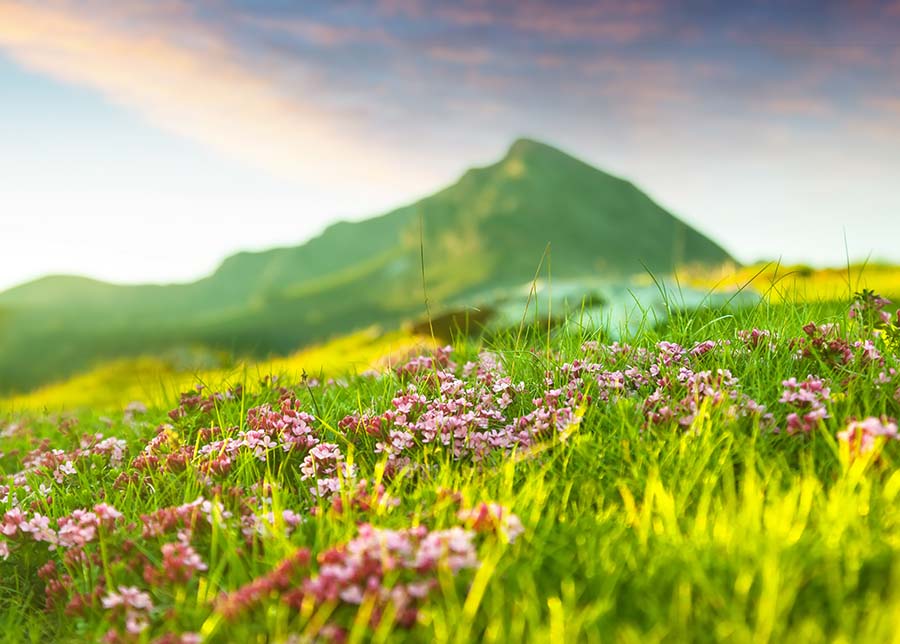
Must-Have Lenses for Nature Photography
A versatile lens collection is vital for capturing diverse images. Here are some must-have lenses:
- Wide-angle lenses (14-35mm) for landscape and expansive vistas.
- Standard zoom lenses (24-70mm) for general-purpose photography.
- Telephoto lenses (70-200mm) for wildlife and distant subjects.
- Macro lenses for close-up shots of plants and insects.
Tripods: A Steady Hand in the Field
A reliable tripod is essential for stability and sharp images, particularly in low-light situations. Choose a sturdy, lightweight model that is easy to carry and can withstand the elements.

Composing Your Shot: Techniques for Breathtaking Images
Mastering the Rule of Thirds
A fundamental composition technique in photography is the rule of thirds. Imagine your frame divided into nine equal sections by two horizontal and two vertical lines. Position your subject along these lines or at their intersections for a balanced, visually appealing image.
Experimenting with Depth of Field
Depth of field (DOF) refers to the range of distance in your image that appears sharp. A shallow DOF (large aperture, low f-stop) isolates the subject, while a deep DOF (small aperture, high f-stop) keeps more of the scene in focus. Experiment with DOF to create diverse, captivating images.
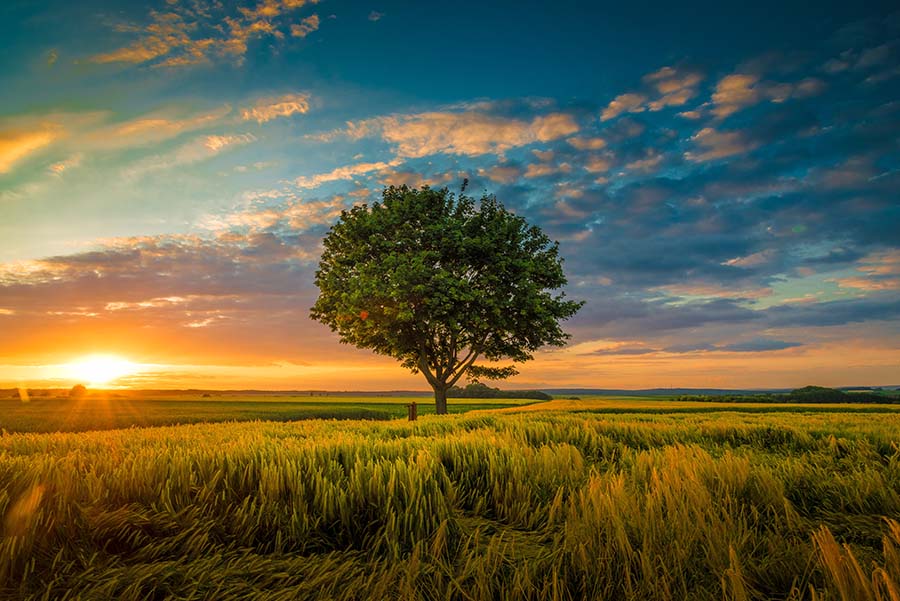
Utilizing Natural Light
Harness the power of sunlight to create dynamic images. Overcast days offer diffused light, ideal for even tones and reduced shadows. The soft and warm light can add depth and texture to your photographs during the golden hour, which occurs just after sunrise or before sunset.
Capturing Movement and Action
To convey motion, use a slow shutter speed to create a sense of blur or a fast shutter speed to freeze action. Panning the camera with a moving subject while using a slower shutter speed can also create a dynamic effect.
Timing is Everything: When to Shoot
Patience is key when photographing nature. For landscapes, the best light occurs during the golden hour. For wildlife, early mornings and late afternoons increase activity and softer light. Be prepared to wait for the perfect moment, as nature can be unpredictable and requires patience to capture that once-in-a-lifetime shot.
Discover More:
Respecting the Environment
Nature photography allows us to showcase the beauty and diversity of the natural world. However, photographers need to respect the environment and consider the impact of their actions. This section will explore the ethical considerations and guidelines for responsible nature photography.
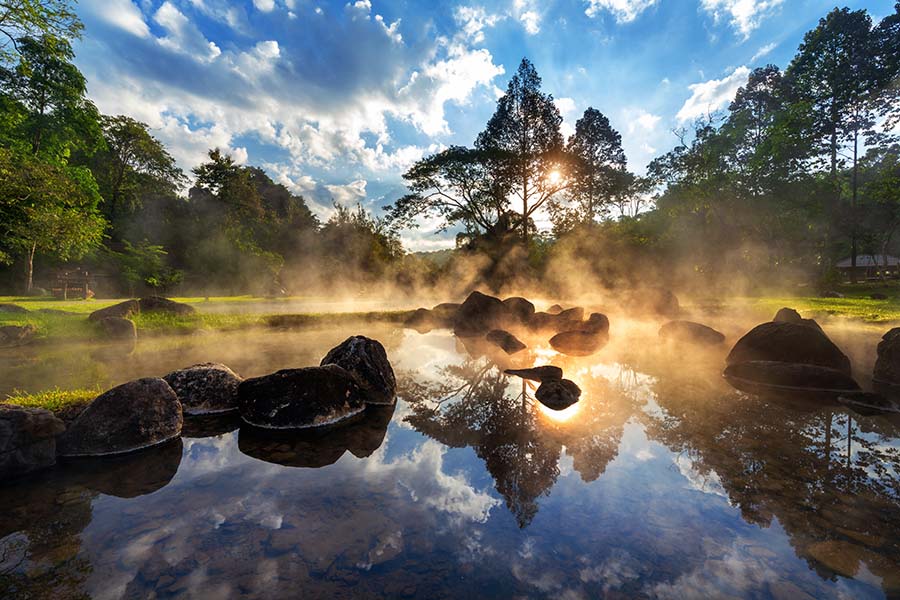
Guidelines for Respecting the Environment
Adhere to Local Regulations and Guidelines
Always research and follow the rules and regulations for the area you photograph. This may include restrictions on access, limitations on the use of drones, or guidelines for interacting with wildlife. Ignoring these rules can harm the environment and its inhabitants, as well as fines or penalties.
Stay on Designated Paths
Venturing off designated paths can damage vegetation, disturb wildlife habitats, and contribute to erosion. Stick to established trails and paths to minimize your impact on the environment.

Keep a Safe Distance from Wildlife
Maintain a respectful distance from animals to avoid disrupting their natural behavior and causing stress. Using a telephoto lens lets you capture close-up shots without physically approaching the subject. Refrain from feeding or touching wildlife, which can negatively affect the animals and the ecosystem.
Leave No Trace
Practice the “Leave No Trace” principles by carrying out all litter, waste, and personal belongings. Do not pick or disturb plants, rocks, or other natural features. Leave the environment as you found it, allowing future generations to enjoy and appreciate its beauty.
The Importance of Environmental Awareness
As nature photographers, we must know our actions’ potential environmental impact. By following ethical guidelines, we can minimize our footprint and ensure the preservation of fragile ecosystems and wildlife habitats.
Promoting Conservation through Photography
Nature photography can play a crucial role in promoting environmental conservation. By capturing and sharing images of the natural world, photographers can raise awareness about the beauty and fragility of our planet. We can inspire others to appreciate, respect, and protect the environment through powerful imagery.
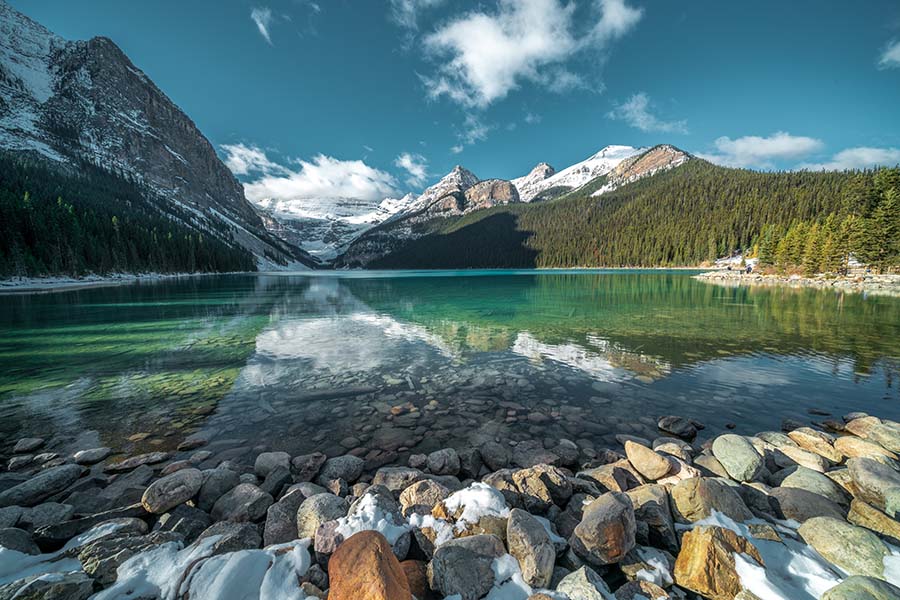
Techniques for Enhancing Your Nature Photography
Post-processing is crucial in transforming raw images into polished works of art. From correcting exposure to enhancing colors, this guide will explore essential techniques and advanced methods for refining your nature photographs.
Essential Editing Software and Tools
Choose a software that fits your needs and skill level. Adobe Lightroom and Photoshop are popular choices for editing nature images, offering a wide range of tools and adjustments. Other alternatives include Capture One, Affinity Photo, and Luminar.
Fundamental Post-Processing Techniques
Correcting Exposure and White Balance
Achieving the correct brightness and tonality is crucial in creating visually appealing images. Adjusting exposure is key in achieving this, and you can use the histogram and sliders to obtain a balanced exposure for highlights, shadows, whites, and blacks. Additionally, correcting white balance is essential to achieving accurate colors, which can be done by using presets or manually adjusting the temperature and tint. By mastering these techniques, you can elevate your nature photography to the next level and produce stunning and vibrant images.
Cropping and Straightening
Crop your images to remove unwanted elements or to improve the composition. Use the rule of thirds or other composition guidelines to create a visually appealing image. Straighten horizons and vertical lines using the straighten tool or the crop overlay.
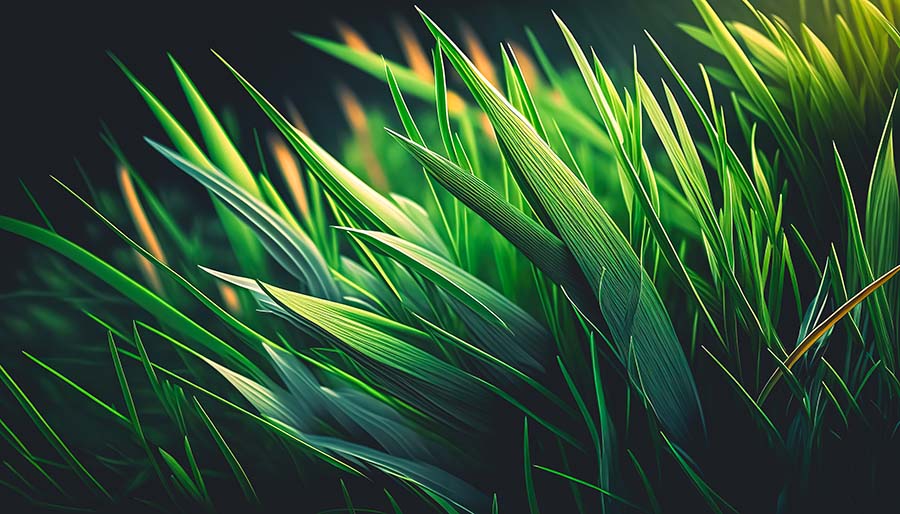
Enhancing Contrast, Saturation, and Sharpness
Increase contrast to emphasize the difference between light and dark areas, giving your image depth and dimension. Adjust saturation to enrich colors, making them more vibrant and appealing. Apply sharpening to emphasize details and textures, but avoid over-sharpening, which can create artifacts and noise.
Retouching and Removing Distractions
To enhance the overall quality of your nature photographs, using retouching tools like the healing brush or clone stamp can help you remove unwanted elements such as dust spots, sensor spots, or other distractions. However, it’s important to be mindful of not over-editing and creating an unnatural-looking image. Strive to maintain the natural beauty of the scene and use retouching tools sparingly to enhance rather than drastically alter the photo. With a bit of practice and a keen eye for detail, you can create stunning and authentic nature photographs that truly capture the essence of the environment.

Advanced Techniques for Nature Images
Focus Stacking
Combine multiple images with different focus points to achieve a greater depth of field. This technique is particularly useful for macro and landscape photography, where maximum sharpness is desired.
HDR (High Dynamic Range) Imaging
Consider merging multiple exposures of the same scene to capture a broader range of tones in your image. HDR is useful in high-contrast situations, such as sunrise or sunset, where a single exposure may not capture all the details in shadows and highlights.
Panorama Stitching
Combine multiple overlapping images to create a wide, panoramic view. This technique captures expansive landscapes or scenes that cannot fit into a single frame.
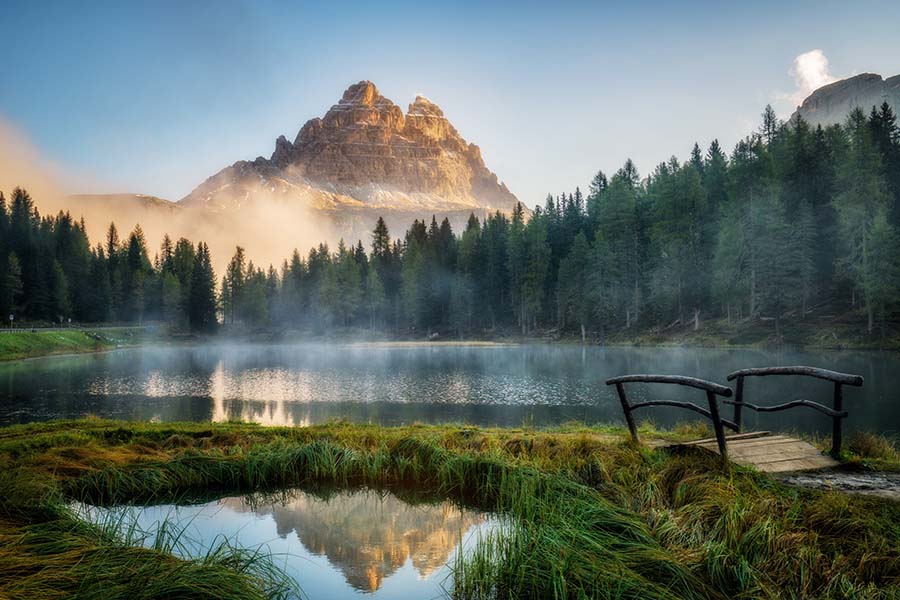
Developing Your Style
Experiment with different editing techniques to develop your unique style. Be consistent in your approach, but remember that each image may require a slightly different treatment. Study the work of other photographers for inspiration and to learn new techniques.
Mastering post-processing is essential for creating captivating nature images. By honing your skills in exposure correction, composition, and advanced techniques, you can elevate your photography and develop a personal style that sets your work apart. Furthermore, investing time in refining your post-processing skills can unlock the full potential of your nature photographs, enabling you to showcase the beauty of the natural world in its best light.
Remember that post-processing is an art form requiring practice and patience. Continuously learn new techniques and stay updated on the latest editing software to evolve as a nature photographer. Ultimately, you aim to enhance your images while preserving the authenticity and essence of the scenes you capture. By striking a balance between creativity and realism, your nature photographs will impress viewers and inspire appreciation and respect for the environment.
End Note
In conclusion, nature photography offers a rewarding and fulfilling way to explore and appreciate the world’s beauty. By following these tips and guidelines, beginners and experienced photographers can improve their skills and capture stunning images of landscapes, wildlife, and natural phenomena. To succeed in the field of nature photography, it’s important to remember that patience, practice, and a deep respect for the environment are essential. As you continue on your journey, let your passion and curiosity guide you in creating captivating images that inspire others to connect with and protect our planet’s incredible natural wonders. By incorporating these essential ingredients into your approach, you can develop a unique and impactful photography style that reflects your love for the natural world.
FAQs
Both DSLR and mirrorless cameras are suitable for nature photography. Look for a model with good low-light performance, weather resistance, and the ability to use interchangeable lenses.
Use a fast shutter speed to freeze motion, and consider using a telephoto lens to get closer to your subject. A tripod can also provide stability for sharper images.
Focus on composition techniques like the rule of thirds, and experiment with different depths of field. Shoot during golden hour for optimal lighting, and use a tripod for stability.
Use a macro lens for detailed close-ups and experiment with different depths of field. Shoot during overcast days for diffused light or early morning/late afternoon for soft, warm light.
Invest in a weather-resistant camera bag and use lens filters to protect your lenses. To maintain the quality of your gear, it is important to keep it clean and dry. When not in use, store it in a cool and dry location.


